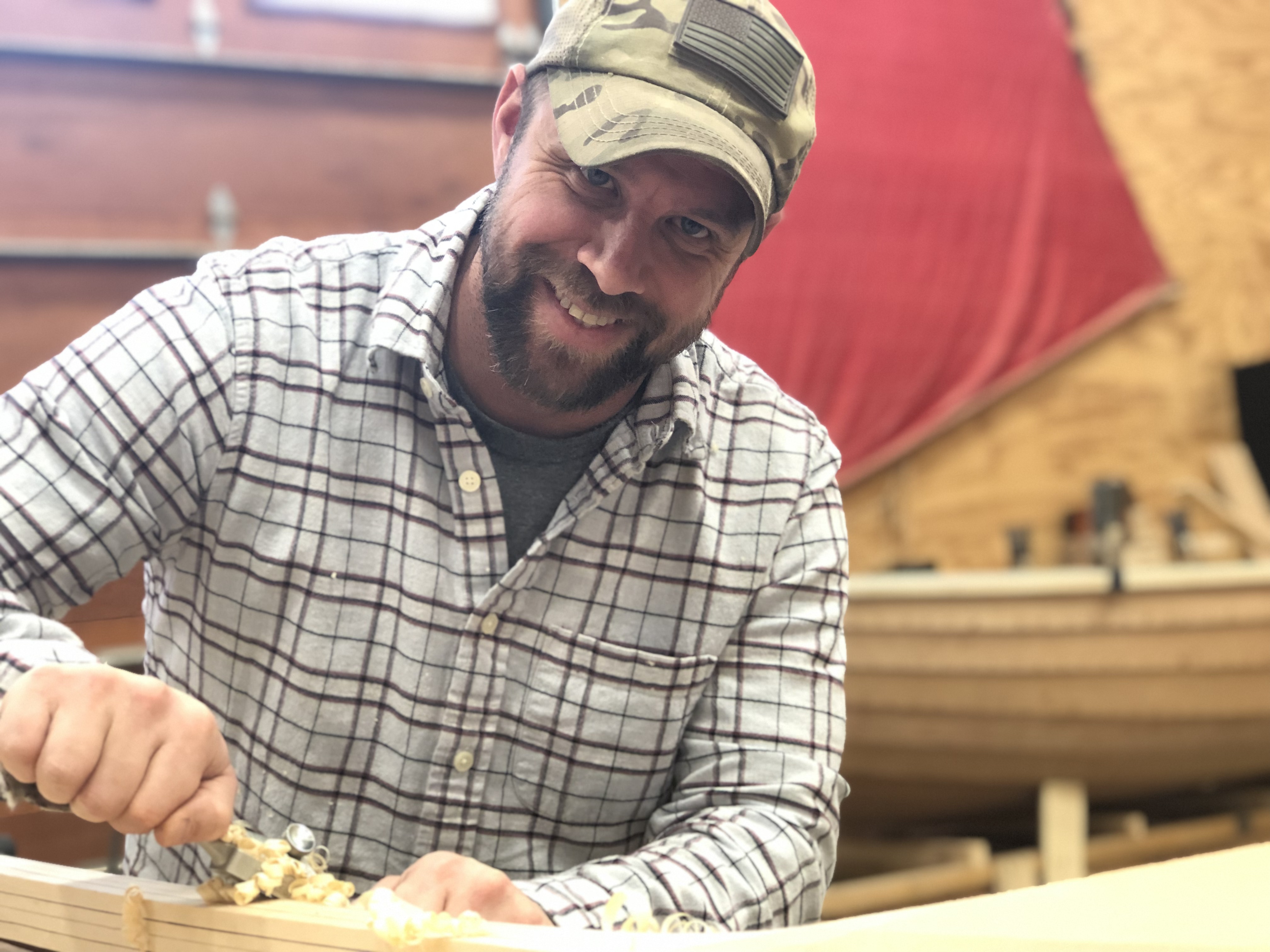
LEARNING CURVES…Thoughts On Craftsmanship
by: Patrick Mahon, Director of Education
We talk about teaching and preserving “craftsmanship” so it is appropriate that we define what we mean by that term. Sometimes the word is used to describe anyone who works with their hands, or makes something tangible. I think it is more flexible in definition and often up to the individual. It may be useful to define a craftsman in relation to the other physical expressions we see in our lives. I think of these expressions as the “Artist”, the “Mechanic” and the “Craftsman”.
The Artist
Without getting bogged down in the controversial question of what constitutes Art, I would define the Artist as one who has the freedom, given by themselves or society to Imagine and Create without the constraints of time, utility, value, beauty, or cultural acceptability. This definition is purposefully vague as anything more specific would conflict with the intent of the definition. The Artist may work within a tradition and must know the history and techniques of that discipline but is ultimately guided by only one rule, “There are no rules.”
The Mechanic
The mechanic is the opposite of the artist. The mechanic is someone possessing the skills to assemble, disassemble, install or replace the parts and pieces designed and manufactured by others. Installing a toilet is the job of the mechanic. Assembling toilets, or anything else, on an assembly line is the job of the mechanic. Becoming a good mechanic requires training and certain physical skills related to the job, but requires no creative sensibilities, knowledge of or even interest in what is being made. A good mechanic knows the rules and follows them.
The Craftsman
Craftsmanship defies simple definitions. But lets start by saying the craftsman, like the artist has the freedom to be creative, and must, like the mechanic, “know the rules” of his craft. Unlike the mechanic, the craftsman must have a passion for his craft and this passion drives him to learn and honor the history of the craft. A craftsman develops an artist’s eye for aesthetics and an understanding of how to apply this level of artistry within the traditions of the craft. Unlike the artist the craftsman is creating objects of utility and must be mindful of the clients’ needs and resources. The craftsman’s work then is to craft an object with a level of artistry that reflects a sensitivity to the history, materials used, the form and finish, while maintaining the function or purpose of the object.
A craftsman “knows the rules and when and how to break them”.
There are two other factors essential to craftsmanship:
Discipline and risk.
Discipline is the ability to stay on task until the job is done.
Risk is the willingness to do something different because it just might be better.
The better you know your craft the easier to do either.




